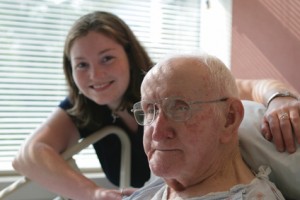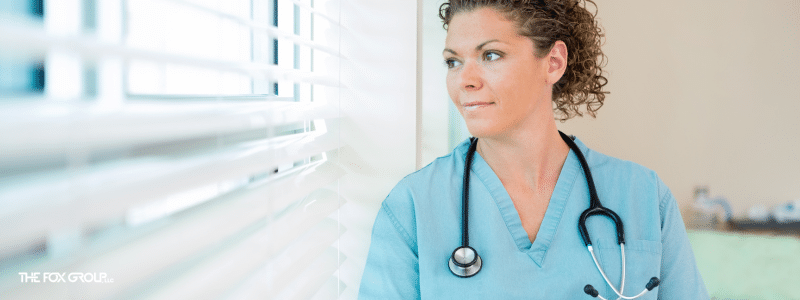Skilled nursing facility design incorporates the effective use of natural light, which is an essential feature in nursing homes. As an architect who specializes in designing healthcare projects, namely acute care, nursing homes, and assisted living facilities, I’ve become passionate about what I see as an essential need to provide ample natural light. As a matter of fact, in my work, perhaps nowhere is the availability of natural light more critical to a resident’s health and well-being than in the nursing home setting. The occupants of nursing homes are not just patients, but are by definition, residents. To them, the nursing home is more than a facility, it’s their home. Many will live there for the rest of their lives, rarely ever stepping foot outside. It’s more important to have natural light in nursing homes than hotels, restaurants, etc. simply because the residents are not able to come to natural light on their own; the light and all of its benefits has to be brought to them.
Natural Light’s Affect on a Long-term Care Setting
The advantages of natural light in a skilled nursing facility design plan are countless and affect many aspects of a building and its residents. There are the obvious health benefits of overall improved patient well-being, as increased natural light promotes better vitamin D production. Also improved are the emotional and mental states of the residents. Natural lighting enlivens the spaces, adds visual comfort, and reduces the amount of sharp lighting changes that can be disorienting and disturbing. For the facility, the presence of properly designed natural lighting also creates a more efficient building. Although initially it may cost more to integrate elements of natural light delivery, over time it leads to improved life-cycle costs, reduced operating costs, and reduced emissions, which further benefits everyone.
Most nursing home construction in our nation was completed decades ago during a time when our understanding of the health benefits of light was in its infancy. 
A Facility Design that Liberates the Nursing Home Resident
Recently I had the unique opportunity to visit a prison that housed society’s most hardened, violent criminals. While tense and disturbing in many ways, I found it fascinating that the prison used rewards as a way to control the population, and that one of the most effective incentives was to reward good behavior by allowing a prisoner an hour each day to leave his cell and enter an atrium in the middle of the building and be able to look up the four sides of this multi-story shaft to see blue sky and feel natural light. Prisoners covet this opportunity and treasure this chance in exchange for their good behavior. It is amazing to think that what society cannot do, the power and beauty of natural light can.
Similar to this prison, nursing home residents are restricted, not by steel bars, but by age, sickness, frailty and weakness to easily walk outside and feel the comfort and healing power of natural light. With this in mind, the need to design in such a way to bring natural light to the residents of these facilities is of utmost importance. If we can provide natural light to society’s worst, there is absolutely no reason why we should not be able to provide this crucial life-giving element to our most cherished, deserving, and loved citizens.
“And God said, Let there be light and there was light.
And God saw the light, that is was good: and God divided the light from the darkness.
And God called the light Day, and the darkness he called Night.”
~ Genesis 1
________________________________________________



Comments are closed.